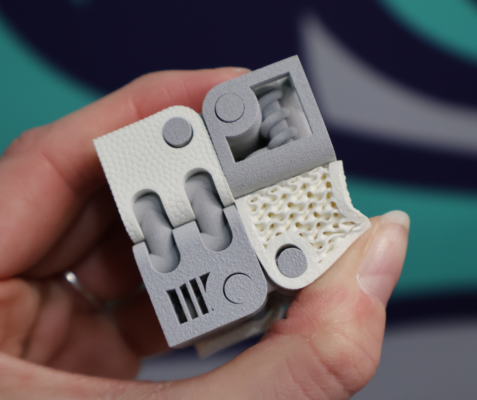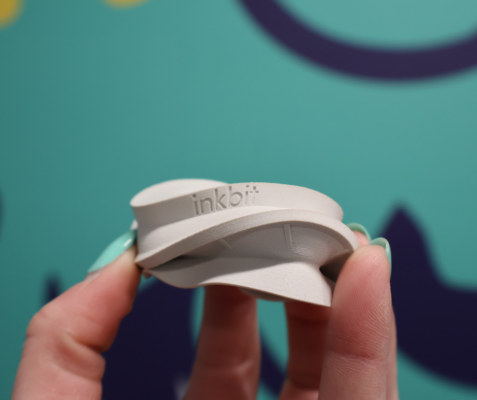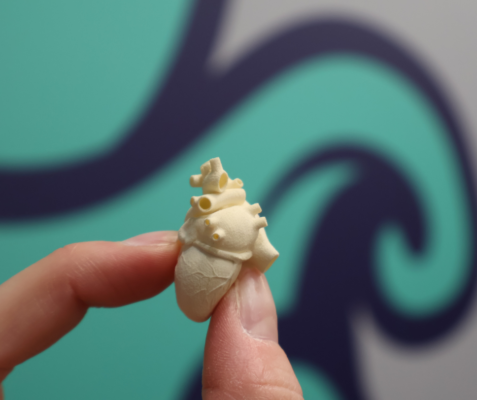Let’s talk about Inkbit’s Vision-Controlled Jetting (VCJ) technology. Born out of MIT’s renowned Computer Science and Artificial Intelligence Laboratory (CSAIL), this technology promises to transform how we approach 3D printing, particularly in multi-material applications.
What is Vision-Controlled Jetting?
Inkbit’s Vision-Controlled Jetting (VCJ) Inkbit Vista™ is a cutting-edge 3D printing technology that integrates machine vision and artificial intelligence to achieve unprecedented levels of precision and material versatility. At its core, VCJ employs a high-speed 3D scanning system that captures detailed images of the print layer by layer. This system uses multiple cameras and lasers to create high-resolution depth maps of the printed object. Then, the system can compare the depth map to the original CAD model. Any discrepancies can correct themselves in real-time, ensuring that the final product is accurate and consistent without needing to stop the printing process.

Key Advantages of VCJ
- Real-Time Adjustments: Unlike traditional 3D printing methods, Inkbit’s Vision-Controlled Jetting allows for continuous, on-the-fly modifications. This not only speeds up the printing process but also enhances the accuracy and quality of the printed objects.
- Material Flexibility: The VCJ system can handle a wide range of materials, including those that cure more slowly and offer greater elasticity and durability than typical 3D printing materials. This opens up new possibilities for creating complex, multi-material structures that are both functional and long-lasting.
- No Mechanical Planarization Needed: Traditional 3D printers often require mechanical parts to smooth out each layer, which can limit the types of materials used and complicate the printing process. Inkbit’s VCJ technology eliminates this need, allowing for the use of a broader range of materials and enabling more complex designs.

Applications and Innovations
The practical applications of VCJ are as varied as they are groundbreaking. Inkbit has used this technology to create a variety of sophisticated devices, including:
- Robotic Hands: These are designed with soft, flexible tendons and rigid bones, mimicking the complex structure of human hands.
- Walking Robots: These robots can sense and grasp objects, thanks to the precise integration of soft and rigid materials within their structures.
- Heart Pumps: Inkbit has also developed heart-like pumps with integrated ventricles and artificial valves, showcasing the potential for medical applications.

Looking Ahead
Inkbit’s VCJ technology represents a crucial shift in how we think about manufacturing complex, multi-material products. By enabling real-time adjustments and expanding material options, VCJ opens up new avenues for innovation in fields ranging from robotics to medical devices and beyond.
As the technology continues to evolve, we can expect to see even more impressive applications and improvements. Therefore, making high-precision, multi-material 3D printing a staple in industries worldwide.
Adia offers easy access to Inkbit’s revolutionary Vision-Controlled Jetting (VCJ) technology. Need parts? Through our part sourcing program, we ensure you get your parts quickly and efficiently. Not to mention, we also provide a comprehensive review of your designs and applications, guaranteeing the most optimal materials and highest quality. Send your designs to info@adiatech.com to get started!

